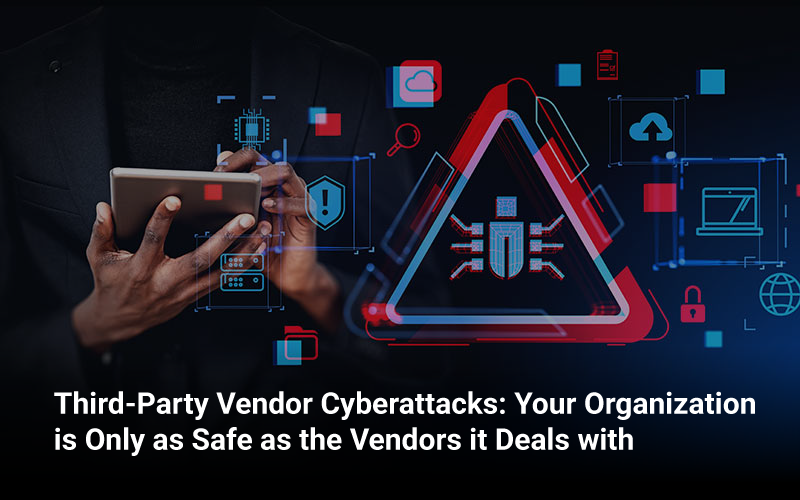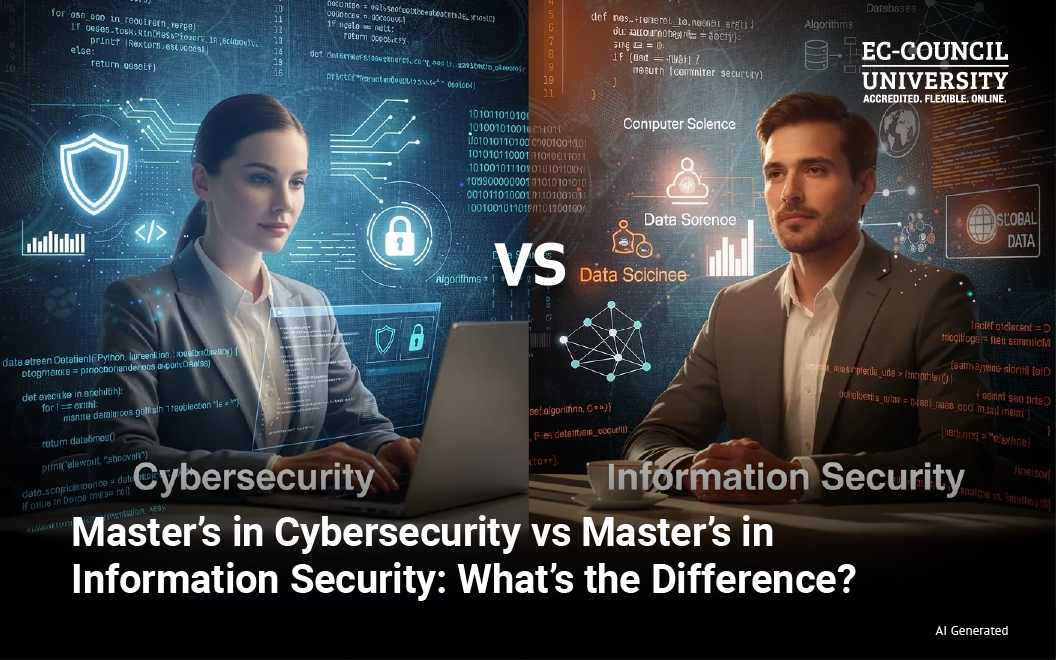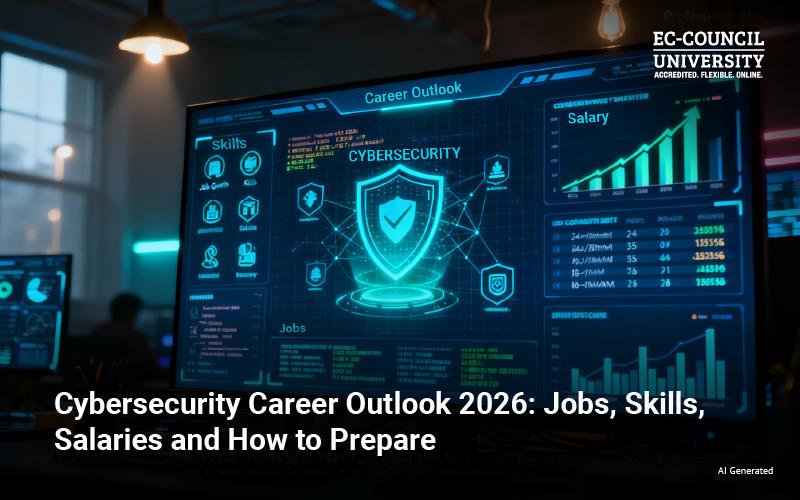The global business landscape has become intrinsically interconnected, where no organization operates in isolation. Companies nowadays depend on a vast network of vendors, suppliers, cloud service providers, and consultants to deliver products, manage data, or support day-to-day operations. Yet, while these third parties help increase efficiency and innovation, they also create new avenues for cybercriminals to exploit. Many organizations invest heavily in internal cybersecurity measures, only to have their defenses compromised through a partner firm or supplier.
The reality is simple. Your organization’s cybersecurity posture is only as strong as the weakest link in its third-party vendor network. With that in mind, let’s explore what third-party vendors are, how they can expose businesses to cyber risk, and what steps can be taken to safeguard your organization from such attacks.
What Are Third-Party Vendors, and How Do They Increase Your Organization’s Cyber Risk?
A third-party vendor is any external entity that provides products or services to your organization. These can include IT service providers, cloud platforms, payroll processors, marketing agencies, hardware suppliers, logistics partners, or contractors with limited system access.
Every vendor relationship brings a certain degree of risk because, in most cases, these partners require access to your data, systems, or networks to perform their functions. If a vendor’s security posture is weak, cybercriminals can exploit their systems to infiltrate your organization. This is known as a supply chain attack or third-party vendor attack. In such attacks, hackers don’t go after the organization directly. Instead, they target a trusted third party, knowing that access to the vendor often means indirect access to the organization’s sensitive data or infrastructure.
Unfortunately, many businesses underestimate this risk. They assume vendors, especially established or well-known ones, maintain robust cybersecurity measures. However, as history has proven, even leading global companies and their partners can become victims of sophisticated cyberattacks.
Common Cyberattack Vectors Associated with Third-Party Vendors
Third-party vendor attacks can occur in many ways. Here are some of the most common methods observed:
1. Compromised Software Updates (Software Supply Chain Attacks)
Attackers often insert malicious code into legitimate software updates distributed by a trusted vendor. When customers download the update, they unknowingly install malware into their systems. The infamous SolarWinds Orion attack is a textbook example of this.
2. Credential Theft and Unauthorized Access
Vendors with weak authentication practices, such as using shared logins or unsecured remote access, can potentially compromise your entire organization. A single stolen credential can allow attackers to move laterally across connected systems.
3. Cloud and API Exploits
Many organizations use third-party APIs and cloud services. If a vendor’s API lacks proper security controls or encryption, it can be exploited to extract data or manipulate systems remotely.
4. Phishing and Social Engineering
Cybercriminals often target vendors with phishing campaigns to obtain access credentials or sensitive client information. They can impersonate trusted contacts to deceive the organization once they breach a vendor’s email or system.
5. Unpatched Vulnerabilities and Misconfigurations
Outdated systems, unpatched software, or misconfigured servers in a vendor’s environment can be exploited by attackers, who then use those weaknesses as entry points into the vendor’s clients’ networks.
6. Insider Threats
Sometimes, the threat comes from within. Disgruntled or inattentive employees of third-party vendors may deliberately leak sensitive data or inadvertently cause security breaches due to carelessness.
Recent Examples of Prominent Third-Party Vendor Cyberattacks and Data Breaches
Third-party vendor attacks have made global headlines in recent years. Here are a few notable examples that demonstrate the far-reaching consequences of such incidents:
SolarWinds (2020):
Perhaps one of the most devastating supply chain attacks in history, the SolarWinds breach saw Russian state-backed hackers compromise the company’s software updates. This attack affected around 18,000 organizations, including U.S. government agencies and Fortune 500 companies.
Kaseya (2021):
Attackers exploited vulnerabilities in Kaseya’s IT management software, delivering ransomware to managed service providers (MSPs) and their downstream clients. Thousands of businesses were disrupted, with damages exceeding $70 million.
MOVEit Transfer (2023):
The Clop ransomware group exploited a zero-day vulnerability in Progress Software’s MOVEit file transfer tool. This incident impacted hundreds of organizations globally, including Shell, the BBC, and several U.S. government agencies.
Okta (2023):
Hackers breached Okta’s customer support system through a compromised third-party vendor account, exposing sensitive client information. Given Okta’s role as an identity and access management provider, the implications were especially concerning.
These cases underscore the harsh reality that no organization can be fully immune from cyberattacks if its vendors are not adequately protected.
Stats That Highlight the Scale of Third-Party Vendor Cyberattacks Globally
If you’re still unsure about the seriousness of third-party cyber risks, the data speaks for itself:
- According to the Cost of a Data Breach Report (published by IBM in 2024), 59% of organizations experienced a data breach caused by a third party or supply chain partner.
- The average cost of a data breach involving third-party vendors was $4.76 million, which is more than 10% higher than the global average breach cost.
- A SecurityScorecard study found that 98% of major organizations work with at least one third party that was a victim of a data breach.
- Gartner predicts that by 2026, 45% of organizations worldwide will experience attacks on their software supply chains, an almost 3x increase from 2021.
- Research from the Ponemon Institute indicates that 51% of organizations don’t have a comprehensive inventory of all third parties handling their data, which leaves glaring blind spots in risk management.
These figures illustrate why third-party risk management is no longer optional, and why it’s essential to your organization’s cybersecurity resilience.
How Your Organization Can Mitigate Third-Party Vendor Cyberattacks
Organizations can’t afford to rely solely on trust when it comes to vendor relationships. A proactive, structured approach is necessary to minimize the risk of third-party breaches. Consider these recommended strategies:
1. Conduct Thorough Vendor Risk Assessments
Before onboarding any vendor, assess their cybersecurity posture. Request documentation of their security policies, compliance certifications (like ISO 27001 or SOC 2), and incident response protocols.
2. Implement Strict Access Controls
Vendors should only be given the minimum access necessary to meet their contractual obligations. Use principles like Zero Trust Architecture and least privilege to ensure that no external party can access systems beyond their scope.
3. Continuously Monitor Vendor Activity
Implement continuous monitoring tools to track vendor-related network traffic, access logs, and anomalies. Regular audits help detect unusual behavior before it leads to a breach.
4. Include Cybersecurity Clauses in Contracts
Contracts with third-party vendors should clearly outline security expectations, data handling procedures, and breach notification timelines. Legal and financial accountability encourages vendors to maintain compliance.
5. Regularly Review and Update Vendor Lists
Many organizations lose track of smaller or inactive vendors that still have lingering system access. Review vendor permissions periodically and revoke unnecessary privileges.
6. Encourage Vendor Security Training
Cybersecurity awareness shouldn’t be limited to your organization’s workforce. Collaborate with vendors to ensure their employees also receive regular security awareness and phishing prevention training.
7. Maintain an Incident Response Plan for Third-Party Breaches
Prepare for the worst-case scenario by developing an incident response plan that includes clear steps for identifying, isolating, and responding to third-party breaches.
8. Leverage Third-Party Risk Management (TPRM) Platforms
Tools like BitSight, SecurityScorecard, and UpGuard help continuously evaluate vendor security ratings and alert you to potential weaknesses across your vendor ecosystem.
Your Organization and Its Third-Party Vendors Must Share a Robust Approach to Cybersecurity
For a modern-day organization, cybersecurity is not an individual sport, but rather a team effort. Your organization’s resilience is no longer confined solely to internal cybersecurity measures. Every external partner also needs to share the same level of commitment to safeguarding digital assets and data.
As the saying goes, “You can outsource a service, but you can’t outsource accountability.” The reputational damage, loss of customer trust, and impact on the bottom line ultimately fall on your organization, not the vendor. By treating third-party cybersecurity as a strategic priority, you can build a resilient defense posture that extends beyond organizational boundaries. After all, true cybersecurity isn’t about building higher walls. It’s about ensuring every gatekeeper shares your commitment to protecting what matters most.
Cybersecurity training and upskilling programs for employees play a crucial role in ensuring that your organization and its affiliates adopt a unified approach to mitigating cyberattacks. EC-Council University, the world’s leading provider of cybersecurity education, partners with businesses around the world to deliver state-of-the-art online courses for their employees, helping them foster a strong cybersecurity culture.







